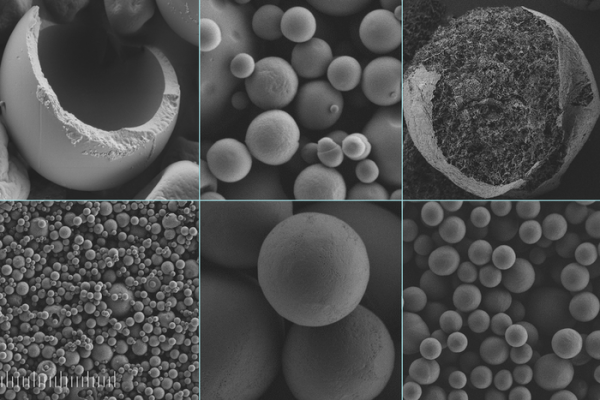Microplastics, tiny particles of plastic that are now found worldwide in the air, water, and soil, are increasingly recognized as a serious pollution threat, and have been found in the bloodstream of animals and people around the world.
Some of these microplastics are intentionally added to a variety of products, including agricultural chemicals, paints, cosmetics, and detergents — amounting to an estimated 50,000 tons a year in the European Union alone, according to the European Chemicals Agency. The EU has already declared that these added, nonbiodegradable microplastics must be eliminated by 2025, so the search is on for suitable replacements, which do not currently exist.
Now, a team of scientists at MIT and elsewhere has developed a system based on silk that could provide an inexpensive and easily manufactured substitute. The new process is described in a paper in the journal Small, written by MIT postdoc Muchun Liu, MIT professor of civil and environmental engineering Benedetto Marelli, and five others at the chemical company BASF in Germany and the U.S.
Read more at: Massachusetts Institute of Technology
These scanning electron microscope images show silk-coated microcapsules containing vitamin C, at different scales of detail. On the left, and top center, samples made by spray drying, a method already widely used in industry. On the right and at bottom center, samples made by ultrasonic spray freeze drying, a method used by the researchers to reveal greater detail of the process involved. (Photo Credit: SEM images by Muchun Liu, edited by MIT News)


